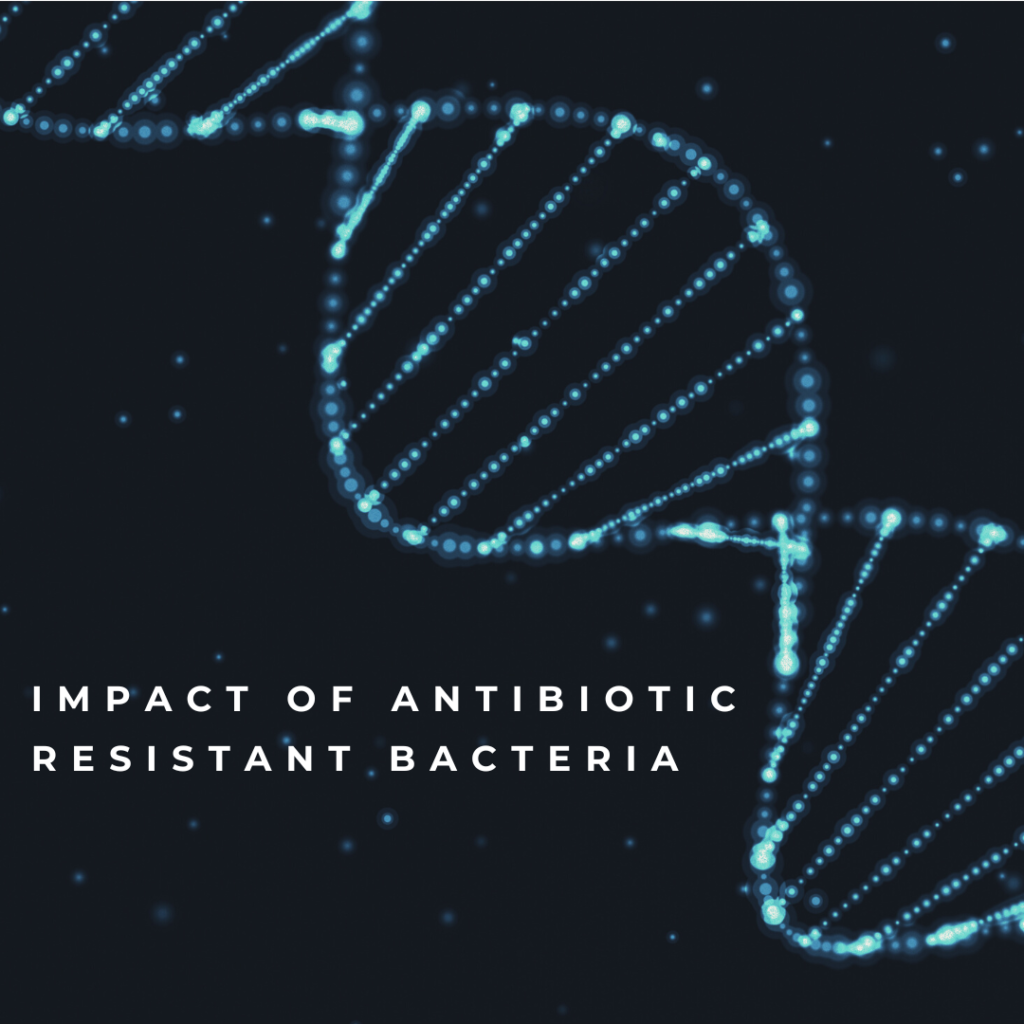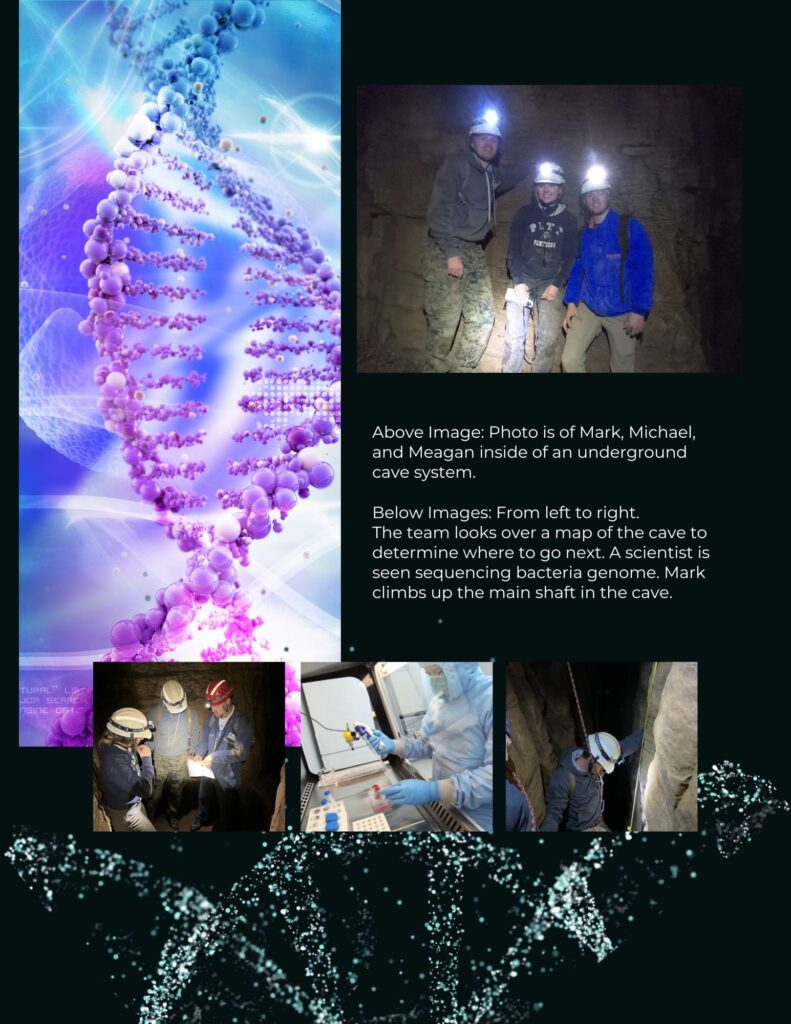
Bacteria
Antibiotic resistant bacteria
The Research Report is readily available for your view through LinkedIn or via the below text. We recommend that you view and subscribe to the Journey To Earth Newsletter on LinkedIn for regular updates on our latest research and news.
Assigned Researchers & Explorers: Mark DeLuca, Michael DeLuca, Meagan DeLuca
Journey To Earth
Author Note
The growing concern of antibiotic resistant bacteria is a critical issue that demands urgent attention and highlights the need for responsible antibiotic use and ongoing research efforts to address its negative impact on public health.
Abstract
The impact of antibiotic-resistant bacterial infections continues to pose a major threat to public health, as evidenced by the estimated 1.2 million deaths in 2019. Projections indicate that this number is likely to increase in the coming years, making it imperative to find effective solutions to tackle this problem. This research aims to address this challenge by exploring a predictive approach to bacterial resistance, with the goal of saving lives. The study underscores the significance of venturing into uncharted territories in search of new sources to combat bacteria. The report outlines a comprehensive approach that was taken during the research to isolate bacteria and determine their genomic sequence. This critical step is crucial in identifying genetic anomalies that increase the likelihood of drug or antibiotic resistance.
The patient’s presentation of low blood pressure, confusion, diarrhea, vomiting, and cool skin prompts the medical team to initiate a prompt evaluation. The initial assumption of the treating physicians is that the patient is infected with a specific type of bacteria and they prescribe a standard antibiotic accordingly. However, they soon realize that the patient has a severe bacterial infection that is resistant to the standard antibiotic and is in septic shock. The bacteria continues to replicate and poses a threat to the patient’s life. Research has shown that every hour of delay in administering correct antibiotics, the mortality rate increases by 7.6%. Therefore, the timely identification of antibiotic-resistant genes is crucial for saving lives. It is also important to consider the possibility of gene mutations that might prevent the antibiotics from being effective. Predictive modeling has the potential to address this challenge by providing a better understanding of bacterial resistance. The process starts with the isolation of bacteria and sequencing its genome, followed by the analysis of gene characteristics and grouping them together. This information can then be used to create predictive models that utilize machine learning algorithms to process large amounts of data. Adopting a proactive approach by developing interconnected networks that allow for real-time analysis of patient symptoms and genome data against laboratory results can provide life-saving information and ultimately reduce mortality rates. This approach to predictive modeling is essential in mitigating the threat of antibiotic-resistant bacterial infections and improving patient outcomes.
The aim of this research is to analyze bacteria genome sequences and antibiotic resistance data obtained through various sourcing modalities. Field samples were collected through explorations of underground cave systems by Mark DeLuca, Michael DeLuca, and Meagan DeLuca, while additional samples were obtained through open sourcing protocols from hospital and laboratory environments. Our focus is on unitigs, short segments of shared DNA, and the development of machine learning algorithms and artificial intelligent predictive models. To that end, we are working in collaboration with other researchers who possess preliminary data on resistant phenotypes, which will aid in the training of our algorithms. The process of training a machine learning algorithm is systematic and involves several stages. It starts with the collection of a large, diverse dataset that represents the problem to be solved. The data is then preprocessed to ensure its suitability for modeling, including imputing missing values, normalizing the data, and dividing it into training, validation, and testing sets. An appropriate algorithm is chosen, followed by hyperparameter tuning to determine the best hyperparameters for the model. The model is then trained using the training data, refined to minimize the error between predicted and actual outputs, and evaluated using the validation data to check for overfitting or underfitting. Finally, the model is tested using the testing data to measure its performance. Upon successful completion of the training and testing phase, the model can be deployed in a production environment and re-trained periodically to keep pace with changes in data distribution or to enhance performance.
Approximately a year ago, we embarked on an expedition to explore a cave system. The primary objective of the expedition was not only to document the cave and its features but also to gather field samples in hopes of discovering new microbes. The presence of microbes in caves offers a unique opportunity to study microorganisms that have evolved in isolation for millions of years, which could have significant implications for the study of biology and biotechnology. The discovery of new microbes could have significant implications for the fight against bacteria. Many bacteria have developed resistance to antibiotics, making it increasingly challenging to treat bacterial infections. The discovery of new microbes with unique properties could lead to the development of new antibiotics and help address the growing threat of antibiotic resistance. In addition to the discovery of new microbes, we also discovered a remarkable and unexpected finding in the cave – seashells on the roof of the cave that date back millions of years. This discovery is particularly interesting because the cave system was nowhere near the ocean, raising questions about the geological history of the region and the movement of tectonic plates over time. The expedition to the cave system was a valuable opportunity to gather data and samples that could contribute to our understanding of the natural world and offer potential benefits to human health. The discovery of seashells in the cave highlights the importance of exploring uncharted territories and the potential for new discoveries in areas that were previously considered unlikely.
The success of our cave expedition and research lies in the implementation of multiple algorithms to fine-tune results. The aim of our study was to understand the mechanisms of bacterial resistance and how it affects the growth of bacteria. The algorithms used in this research were highly effective in constructing predictive models that could accurately identify bacterial resistance.
